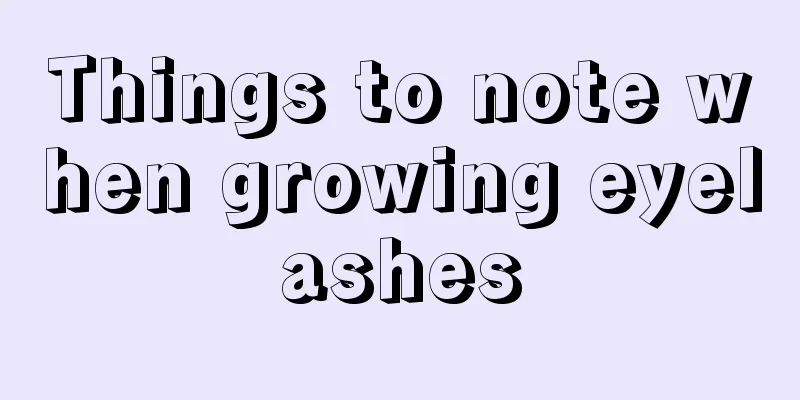What are the hazards of hamartoma

|
Hamartoma, many people do not know about this disease. Because the symptoms are not obvious, people tend to ignore it, which eventually leads to serious consequences. Therefore, it is necessary to understand hamartoma so that people do not neglect treatment. Next, let us learn about the hazards of hamartoma. Pathological examination shows that the tumors vary in size and can grow outside the kidney or to the collecting system. There is no complete capsule, but the boundaries are clear. The cut surface is grayish white, grayish yellow or mixed yellow, and some bleeding foci can be seen. Microscopically, the tumor is composed of mature adipose tissue, blood vessels and smooth muscle in different proportions, and may also be mixed with fibrous tissue. It is generally believed that the main pathological basis of tumor bleeding is that the tumor contains abundant vascular tissue, and the walls of these blood vessels are of different thicknesses and lack elasticity. The blood vessels are tortuous and can become aneurysmal, and can rupture by slight external force. Some relatively large hamartomas cause digestive discomfort symptoms due to compression of organs such as the duodenum and stomach. When a large hamartoma suddenly ruptures, the patient will experience symptoms such as waist and abdominal pain and hematuria. Patients with severe hemorrhage can touch the mass in the abdomen, and even have shock symptoms. Extrarenal manifestations: butterfly-shaped facial sebaceous adenoma, epilepsy, mental retardation, etc. In addition, there may be two other influencing factors: First, the maturity of various tissues in hamartoma varies. Some contain actively growing smooth muscle and fibrous tissue, which leads to rapid growth of the tumor and increased blood supply. Some people believe that these cells have the characteristics of myoblasts and fibroblasts, have potentially invasive behavior, and may even become malignant. Second, the rapidly growing tumor compresses the adjacent normal renal tissue while increasing in size and weight, causing atrophy of the normal renal tissue or even focal ischemic necrosis, so that a slight external force can cause the interface between the tumor and the kidney to break and bleed. Renal hamartoma is a benign lesion, but if it is not treated, the increase in size will cause loss of renal function or renal dysfunction. It is recommended to undergo surgical treatment as soon as possible. Those with symptoms often present with cough, sputum, hemoptysis, shortness of breath, chest pain, fever and other symptoms. Symptoms of hamartomas in the main bronchi, lobar bronchi, and especially in the carina area appear early, often accompanied by wheezing, and even cause severe dyspnea and cyanosis, which are misdiagnosed as asthma. Tumors located in the lobes or main bronchi cause stenosis and partial obstruction of the lumen, causing secondary infection. Most patients seek medical treatment for acute or chronic pulmonary suppuration. There are very few reports on complications of pulmonary hamartoma. For patients who need surgery, the occurrence of intraoperative and postoperative complications can be well prevented by carefully choosing the surgical method, preserving normal lung tissue as much as possible, and preventing excessive resection. However, if the tumor is large, it will cause compression symptoms on the heart, large blood vessels, and lung tissue, causing chest deformity, and may also cause complications such as pneumonia, atelectasis, and bronchiectasis, which will aggravate or complicate the condition. Nevus hamartomatosis is a group of congenital genetic diseases. The prognosis of different nevus hamartomatosis varies. The skin lesions of pigment incontinence may gradually decrease, and the pigment may fade, but the accompanying alopecia and lesions of the teeth, eyes and central nervous system often do not improve with the improvement of the skin; if symptomatic epilepsy occurs, it can be controlled and reduced by giving anti-epileptic drugs. The surgical effect of type II neurofibroma is poor and it is easy to relapse. Facial nerve paralysis and hearing loss may also occur after surgery. Benign tumors such as hamartomas may still cause serious harm. The most common harm is tumor rupture and massive bleeding. Once this happens, most patients may be forced to have their kidneys removed, and in severe cases, it may even endanger the patient's life. |
<<: Why is hamartoma difficult to cure
>>: The harm caused by hamartoma to the human body
Recommend
Viral infection combined with bacterial infection and fever
Some harmful bacteria and viruses can cause colds...
Let's talk about the causes of lung cancer in detail. What factors are related to it?
The number of smokers is increasing, and they ten...
How much do you know about colorectal cancer through digital anal examination
Digital rectal examination is a simple but very i...
How much fruit should you eat every day? Here are 5 suggestions for eating fruit
Now there are a variety of fruits in our country,...
Can rectal cancer patients survive even if they take targeted drugs?
Whether rectal cancer patients can survive with t...
Traditional Chinese Medicine Treatment for Bladder Cancer
Bladder cancer patients often experience symptoms...
How to quickly reduce swelling of swollen feet
Physical injuries are very common in people's...
How to deal with a whole salmon
When we buy salmon, they are cut and classified i...
Can patients with pancreatic cancer get pregnant?
Can pancreatic cancer patients get pregnant? If t...
Sweaty armpits and yellow clothes? Cleaning method is critical
In summer, people's bodies are prone to sweat...
What to eat to relieve spiciness? Here are 7 kinds of food
In daily life, people’s perception of spicy food ...
What are the benefits of drinking tangerine peel and kudzu root soaked in water?
Tangerine peel and Pueraria root are both herbal ...
Can early kidney cancer be cured?
Many kidney cancer patients have a misconception ...
How long does it take to boil goose eggs
Goose eggs can supplement the human body with a v...
Can people with kidney yin deficiency eat Panax notoginseng powder?
People with kidney yin deficiency should pay more...









